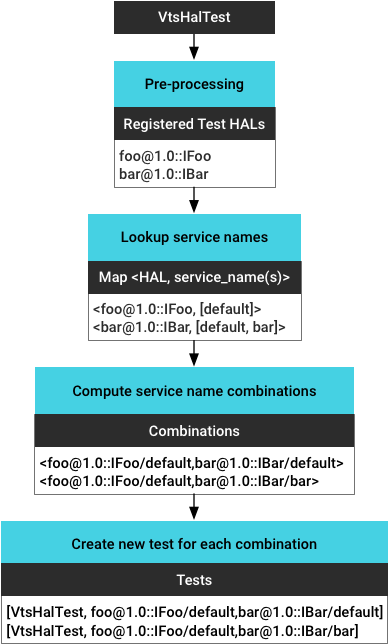#
In the ever-evolving realm of cybersecurity, the imperative to fortify digital fortresses has never been more critical. As a Chief Technology Officer (CTO) engaging with a fellow CTO or board member from a different company, the conversation naturally gravitates toward the pivotal topic of security posture hardening. This dialogue centers on the dual approach of engaging security consultants and implementing software hardening measures to bolster our organizations’ resilience against the relentless tide of cyber threats.
**”Security is not just a technical concern; it’s a strategic imperative,”** I begin, emphasizing the need for a holistic approach that combines expert guidance and technological fortification. **”To truly enhance our security posture, we must consider the nuanced interplay of people, processes, and technology.”**
Firstly, the discussion veers towards the value of security consultants. **”Engaging a reputable [security consultancy]) is akin to having seasoned sentinels guard the gates of our digital realm,”** I assert. These experts, armed with a wealth of industry-specific knowledge, conduct comprehensive assessments to identify vulnerabilities, map out potential attack vectors, and design bespoke strategies aligned with our unique risk landscape. Their insights extend beyond the binary realm of ‘secure’ or ‘vulnerable,’ delving into the intricacies of our organizational structure, compliance requirements, and industry-specific challenges.
As we delve deeper, I elucidate the collaborative partnership that ensues. **”Security consultants aren’t just external entities; they are collaborators in our defense strategy,”** I emphasize. The knowledge transfer that occurs during their engagement empowers our internal teams, fostering a culture of cybersecurity awareness and proactive risk mitigation. This collaborative ethos ensures that security is not a mere checkbox but an intrinsic part of our organizational DNA.
Transitioning to the second pillar of our approach, I elaborate on software hardening. **”While security consultants offer strategic guidance, software hardening is the tactical execution of our defense strategy,”** I explain. This involves systematically identifying and reducing the attack surface of our software applications. By implementing coding best practices, deploying robust authentication mechanisms, and regularly patching vulnerabilities, we erect formidable barriers that adversaries find increasingly challenging to breach.
I stress the importance of continuous improvement in software hardening efforts. **”Our software landscape is dynamic, and so must be our hardening measures,”** I note. Regular audits, threat modeling, and embracing emerging technologies such as [runtime application self-protection (RASP)](https://www.softwaretestinghelp.com/differences-between-sast-dast-iast-and-rasp/) ensure that our applications remain resilient in the face of evolving cyber threats.

As the discourse concludes, I leave my fellow CTO or board member with a resounding message: **”Security posture hardening is not a destination; it’s a journey. By marrying the strategic insights of security consultants with the meticulous implementation of software hardening practices, we fortify our organizations against the ever-changing landscape of cyber threats. Together, let us build not just secure systems, but resilient digital fortresses that stand the test of time.”**
Leave a Reply